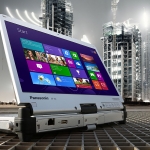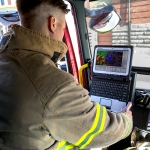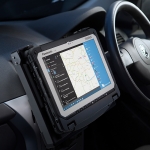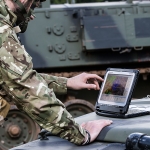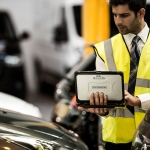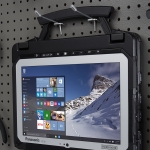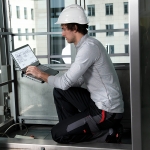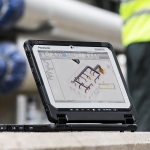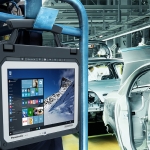Back in 2010, the introduction of the Apple iPad reenergised the tablet market, and most PC-based contenders entered the ring. Many predicted tablets would revolutionise the lives of the mobile workforce with their flexibility and touchscreen applications. Laptop sales were predicted to plummet. But the tablet’s Achilles heel is actually the laptop’s strength: a keyboard for heavy data entry, multiple I/O options and support of legacy business software. Six years after the advent of the iPad and its imitators, Panasonic research into business technology buyers and users across 10 European regions revealed that 9 of 10 mobile workers still prefer traditional laptops, and that while hybrid convertible or detachable devices are currently being used by 12% of the workforce, 36% of those sampled thinking the hybrid will be the dominant business computing tool within the next three years.
Laptops still dominate the current market

Laptops are still used by 90% of European employees for work activities, with 72% using a smart phone, 61% using a desktop computer and 32% using a tablet. Hybrid convertible or detachable devices are being used by 12% of the workforce.
Looking to the future, hybrids are on the rise

Looking to the future, the dominance of the laptop looks set to end with 36% of those sampled thinking the hybrid will be the dominant business computing tool within the next three years, with the laptop at 26%, the tablet at 14%, desktop PC at 11% and smartphone at 7%. In fact, more than half of all European workers (54%) not currently using a hybrid believe they will start to use one in the next 3 years. The industry sector workers most likely to move to hybrids were Defence (80%) and Retail (72%).
Clear drivers for would-be hybrid adopters

The four main drivers for would-be adopters of hybrid devices across Europe were: more functionality and better availability of software (44%), better performance (42%), longer battery life (42%) and presence of a keyboard (39%). Another 30% were enticed by more interfaces available on such devices (e.g. more than one USB port etc), while almost as many (29%) were keen on the better connectivity / peripherals (e.g. smart card etc). Almost a quarter (24%) would relish a better screen, while just over a fifth (21%) thinks hybrids are more robust.
This research clearly shows that the traditional laptop remains the dominant device for mobile workers in the European business community, although the tablet has made significant in roads in a short space of time. But it is the rise of the convertible and detachable hybrid machines, only very recently introduced to the market that threatens to topple the laptop’s crown. With their added capabilities and flexibility, it appears that these devices have already captured the imagination of user and buyers alike and look set to take a much larger market share over the coming years.
Meet the world’s first fully rugged detachable hybrid laptop
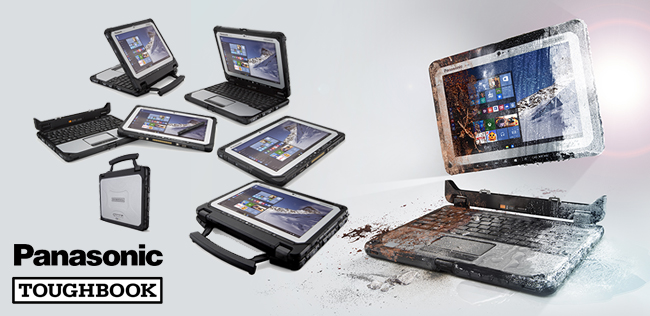
The new Panasonic Toughbook CF-20 is the world’s thinnest, lightest fully rugged, 2-in-1 PC device that easily detaches to become a 10.1″ tablet.
Toughbook CF-20 Download whitepaper (PDF 2.68MB)
Contact us
Contact us for more information on Panasonic Business products:.

